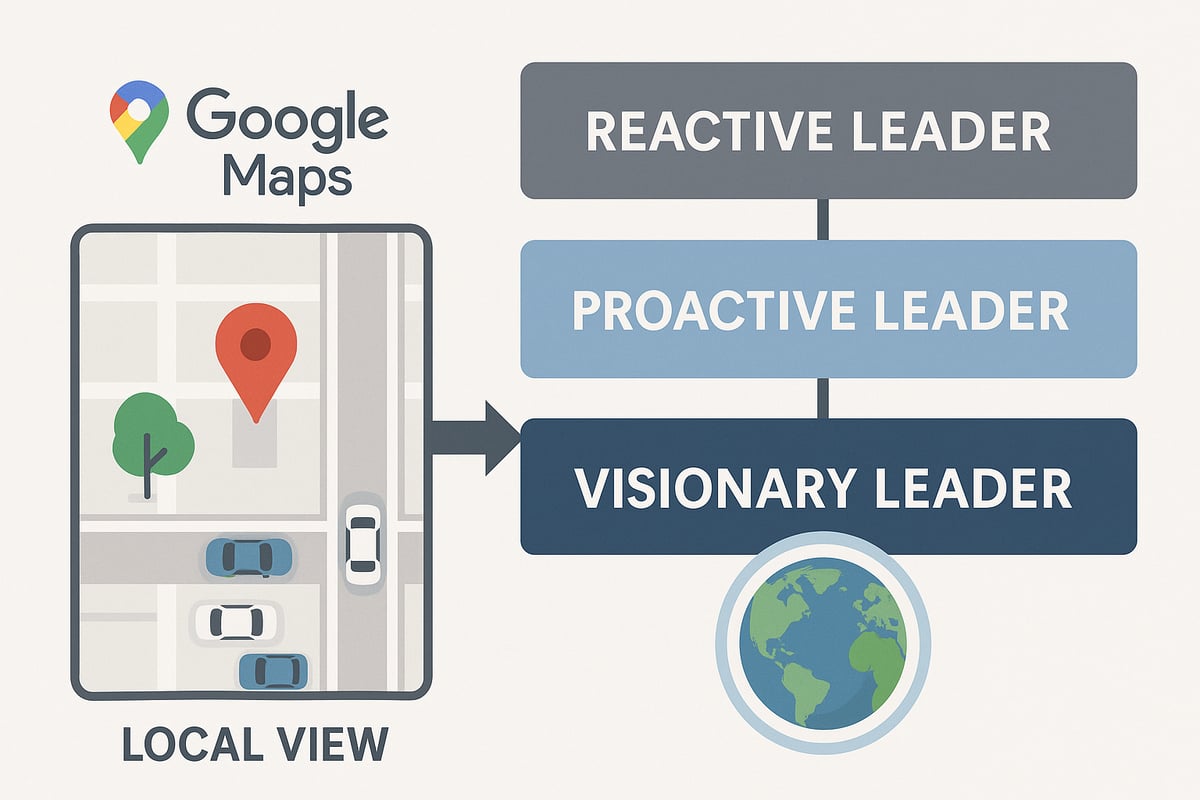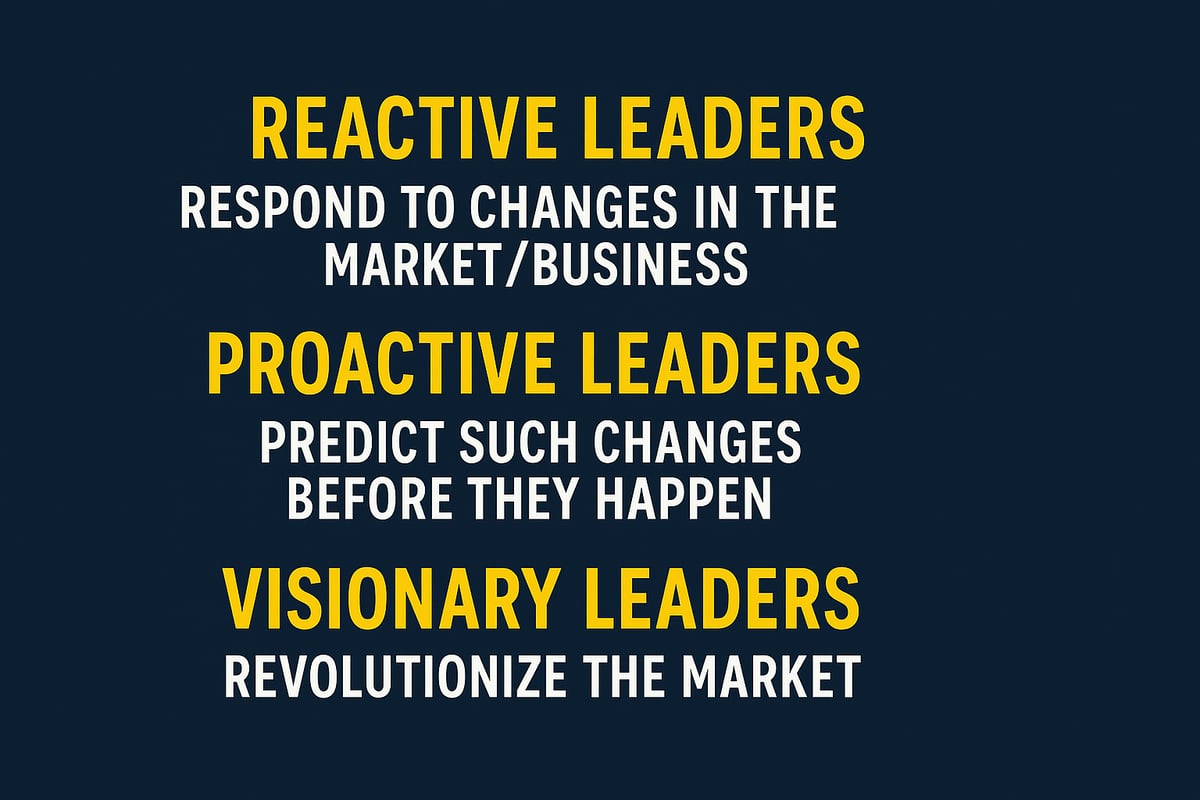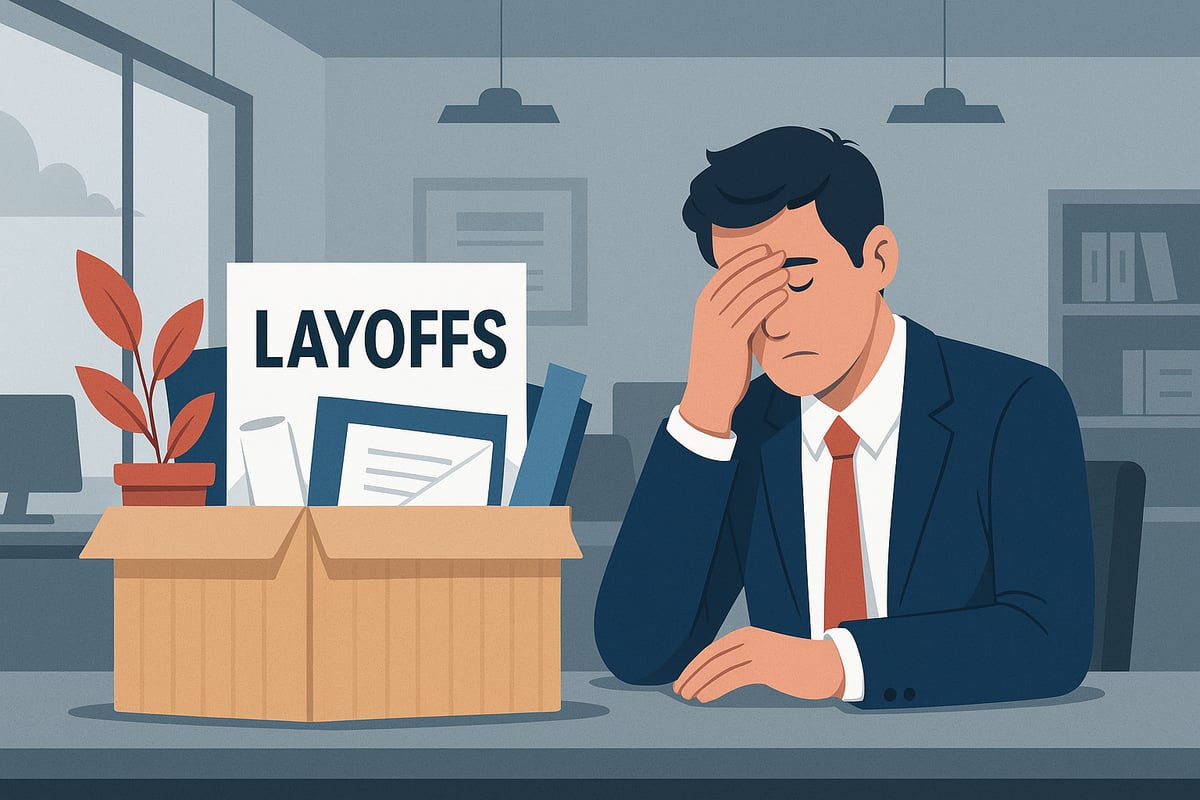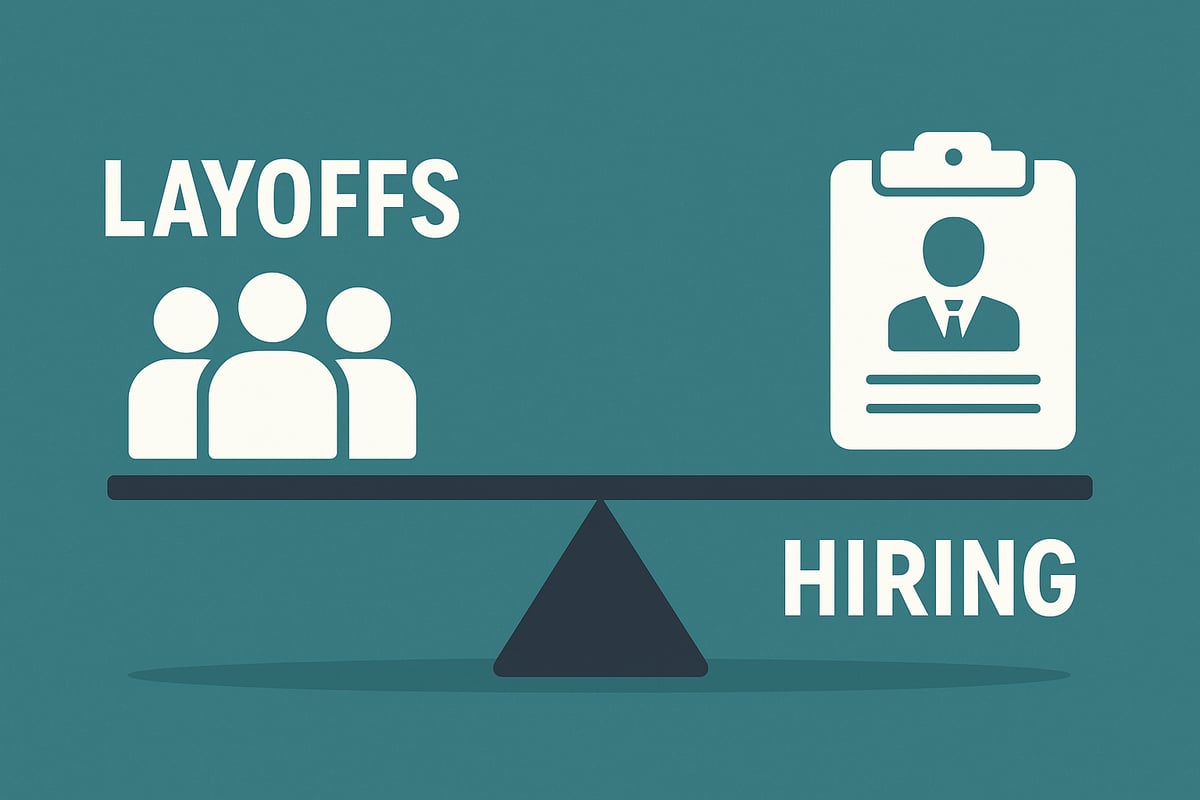Before diving into the topic of layoffs, we first need to pause and ask a fundamental question: why do executives and top leaders earn so much more than anyone else in their management chain?
To answer that, let’s start with something simple that anyone can relate to: Google Maps.

If you open Google Maps, let it locate your position, and zoom in all the way, what do you see? You see the street details. You might notice the number of parked cars outside a house, or even count the branches on a tree.
Now start zooming out. With every step back, you lose details, but you gain perspective. Streets turn into neighborhoods. Neighborhoods turn into cities. Cities blur into entire countries. Eventually, you’re looking at the globe itself—where the fine details are gone, but the big picture becomes clear.
A successful leader works exactly the same way. They can “zoom out” to see the entire global landscape while still having the ability to “zoom in” to the ground-level details—either by themselves or by trusting the right people to do it for them.
So why do they get paid the big salaries? At the very top of the reasons is one word: Vision.
When it comes to vision, leaders usually fall into three categories:

The truth is, the executives worth their paychecks belong to the second or third category. Being reactive, even if done brilliantly, is still about catching up—not leading.
This brings us to layoffs, or what companies like to dress up with softer names like “redundancies” or “rightsizing.”
Strip away acquisitions or once-in-a-century crises like COVID, and layoffs are often the clearest indicator of reactive leadership.
Think about it: if you hired thousands of employees only to fire them months later, what does that really say about leadership? It says the leadership failed to read the market, failed to forecast the business environment, and failed to align hiring with strategy.
Boards and investors should be asking their executives a harder question: “Why did you hire all those people in the first place?” Not just, “How much money will the layoffs save us?”
Because by the time layoffs happen, the money is already lost: salaries paid, projects started and abandoned, severance packages issued, morale destroyed, and talent scattered—often to competitors.
Take a look at the last 3–5 years across FAANG+ companies (Facebook/Meta, Apple, Amazon, Netflix, Google, plus Microsoft and others). Nearly all of them have had waves of layoffs. And what happened in parallel? Competitors came out of nowhere and stole massive chunks of market share.
Across these examples, a pattern emerges: companies that fire engineers and staff often end up creating space for startups or rivals to flourish. Every wave of layoffs doesn’t just trim costs—it leaks talent, knowledge, and momentum straight into competitors’ hands.

Let’s put some numbers around this.
If leadership is supposed to be about vision, then what do these numbers say? They say many of the most celebrated tech executives are not visionary at all. They are simply reactive operators, disguising mistakes as “efficiency.”

Layoffs may make financial spreadsheets look good in the short term, but they are a red flag for weak leadership in the long term.
A true visionary doesn’t just fire thousands of people after over-hiring them. A true visionary doesn’t let competitors eat their core business while pretending to “streamline operations.”
Boards of directors should not be applauding cost cuts—they should be demanding accountability:

Layoffs don’t just affect the people who are shown the door. They send a shockwave through the employees who remain. On paper, a company may look “leaner” and “more efficient” after a layoff, but in reality, the culture has taken a direct hit.
When employees see colleagues suddenly let go—sometimes with little warning—they inevitably begin asking themselves: “Am I next?”
That uncertainty breeds fear, disengagement, and above all, a collapse of trust in leadership. Once trust is gone, no free snacks, corporate slogans, or “we’re a family” speeches can bring it back.
And here’s the dangerous part: the people most likely to leave voluntarily aren’t the weakest links—they’re the strongest.
So, while layoffs might trim short-term costs, they often trigger a long-term brain drain—the very talent a company cannot afford to lose walks out the door voluntarily.
What’s left behind? A demoralized workforce, struggling with survivor’s guilt, fearful of risk-taking, and less likely to innovate. In other words: the exact opposite of what a “visionary” company needs to survive.
Over time, this erosion of trust and loss of talent doesn’t just weaken a company—it can destroy it from within. And by the time leadership realizes what happened, the best people are already building the future somewhere else.
If leadership is truly worth the astronomical pay packages it commands, then layoffs should be the rare exception—not the default playbook.
Because if the only way a company can look profitable is by cutting the very talent that builds its future, then the leaders at the top are not visionaries. They are gamblers who already lost—and now want employees to pay the price.
Find out if MentorCruise is a good fit for you – fast, free, and no pressure.
Tell us about your goals
See how mentorship compares to other options
Preview your first month
